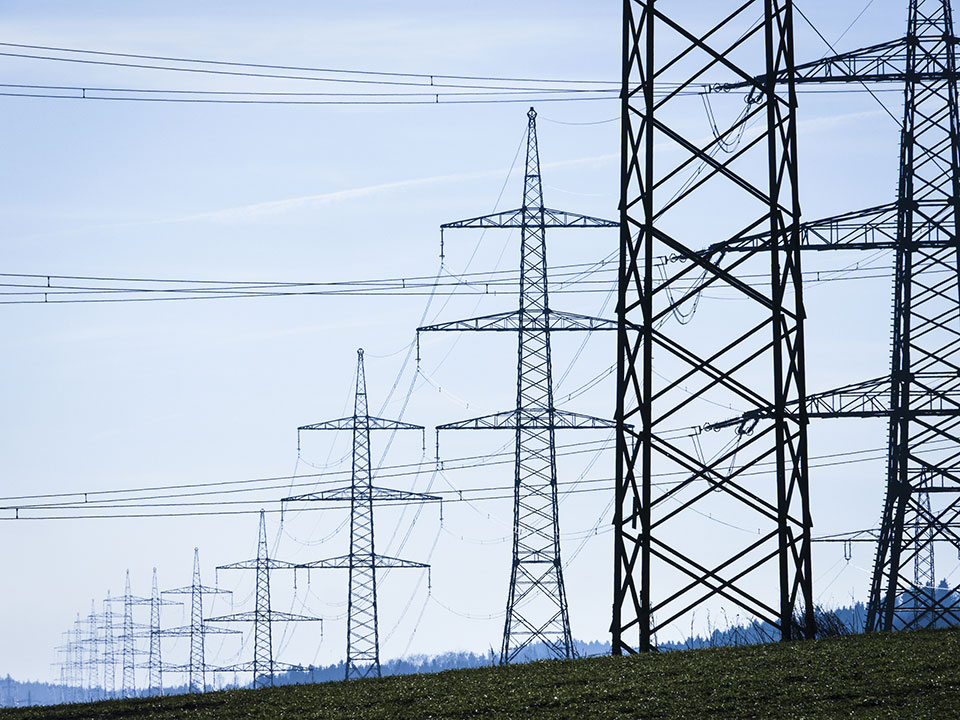Luzon power rates may go up due to thin supply —DOE

Electricity consumers in Luzon may expect higher bills as a result of the thin power supply in Luzon, which caused yellow and red alerts to be raised for three straight days early this week, the Department of Energy (DOE) said Saturday.
“Puwedeng mangyari na tumaas ang singil dahil sa kakulangan ng supply [It is possible that power rates may go up due to insufficient supply],” Energy Undersecretary Felix William Fuentebella said in an interview on Dobol B TV.
The Energy official likened the possible scenario to the law of supply and demand, in which if the supply is insufficient but the demand is high prices of goods jack up.
A series of red and yellow alerts plagued the Luzon power grid for three consecutive days early this week, which caused rotating power interruptions.
During a congressional hearing on Friday, DOE's Electric Power Industry Management Bureau director Mario Marasigan said the red alert may still be raised next week, but expressed hope that there will be no rotational brownouts in Luzon for the rest of June.
The House energy committee on Friday started a motu proprio investigation into the current power supply and demand situation following the recent rotational brownouts in Luzon.
Power plants
The DOE blamed the “forced or unplanned outages of power plants and the lack of ancillary services owned or operated by the private sector.”
The Energy department said insufficient supply that resulted to the power outages in the last three days was caused by the unplanned or forced outages of the following generation plants that are owned by the private sector:
- GMEC Coal-fired Power Plant Units 1 and 2 of GNPower Mariveles Energy Center Ltd. Co. (GMEC) / Aboitiz Power (690 MW)
- Calaca Coal-fired power plant Unit 2 of Sem-Calaca Power Corporation (300 MW)
- Pagbilao Coal-fired power plant Unit 2 of TeaM Energy Corporation and Therma Luzon Inc. (382 MW)
- Sual Coal-fired power plant Unit 2 of TeaM Sual Corporation and San Miguel Energy Corporation (647 MW)
The DOE said the extended scheduled maintenance and the deration of the following plants likewise contributed to the deficiency:
- San Roque Hydroelectric Power Plant Units 1, 2 and 3 of San Roque Power Corporation (435 MW)
The DOE also said that the National Grid Corporation of the Philippines (NGCP) failed to comply with the required firm ancillary service contracts, which should be 4% of the power demand and could be tapped in case power plants go offline.
Meanwhile, Fuentebella said that the Energy department has policies to prevent excessive electricity price spikes.
“Meron tayong market intervention na ginagawa para hindi ito masyadong sumipa [We have market interventions so that prices will not go up too much],” he said.
In particular, the DOE has set a primary price cap on electricity traded in the Wholesale Electricity Spot Market (WESM) in which generators can only offer up to P32 per kilowatt-hour.
There is also a secondary price cap which can be triggered if there is supply tightening. A secondary cap of P6.245/kWh can be activated in the market if there is sustained high price at an average of P9/kWh for 168-hour period. —KG, GMA News




